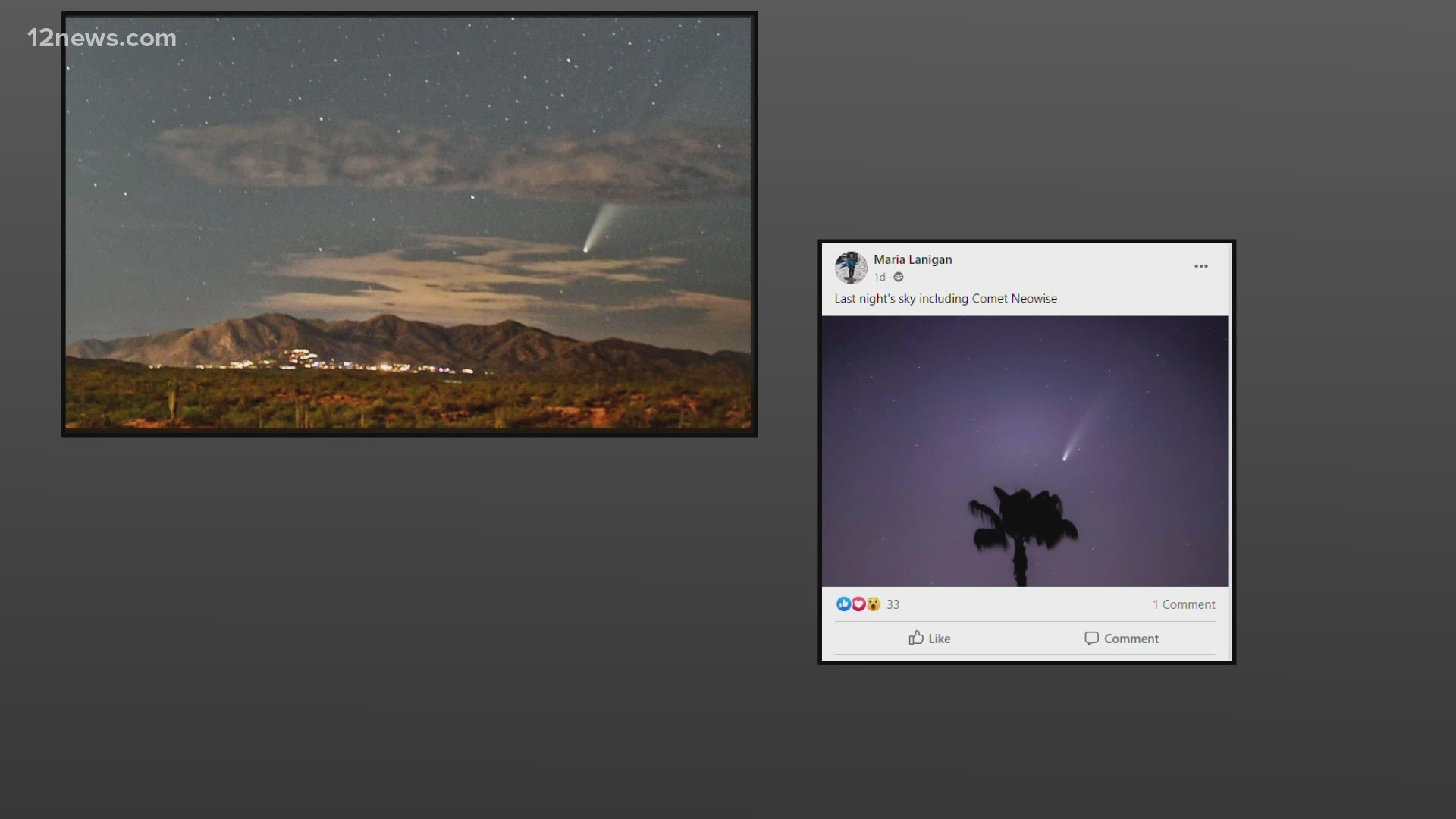ARIZONA, USA — Editor's note: The above video aired during a previous broadcast.
It's International Dark Sky Week and Arizona is inching closer to being the top state in the nation to celebrate the occasion.
The week-long event, started by the International Dark-Sky Association, is held to encourage people to turn off the lights and enjoy the night sky's beauty.
The association is also in charge of officially naming communities around the world as Dark Sky Communities, designating places that show "exceptional dedication to the preservation of the night sky through the implementation and enforcement of a quality outdoor lighting ordinance, dark sky education and citizen support of dark skies."
Arizona is tied for first in the U.S. for the state with the most Dark Sky Communities with five places around the state receiving the designation. Colorado and Texas also have five such communities.
Another community in Arizona will have to apply to the association for the state to claim the crown.
In the meantime, here are some places in Arizona where you don't have to worry about light pollution ruining the beauty of the stars:
Flagstaff

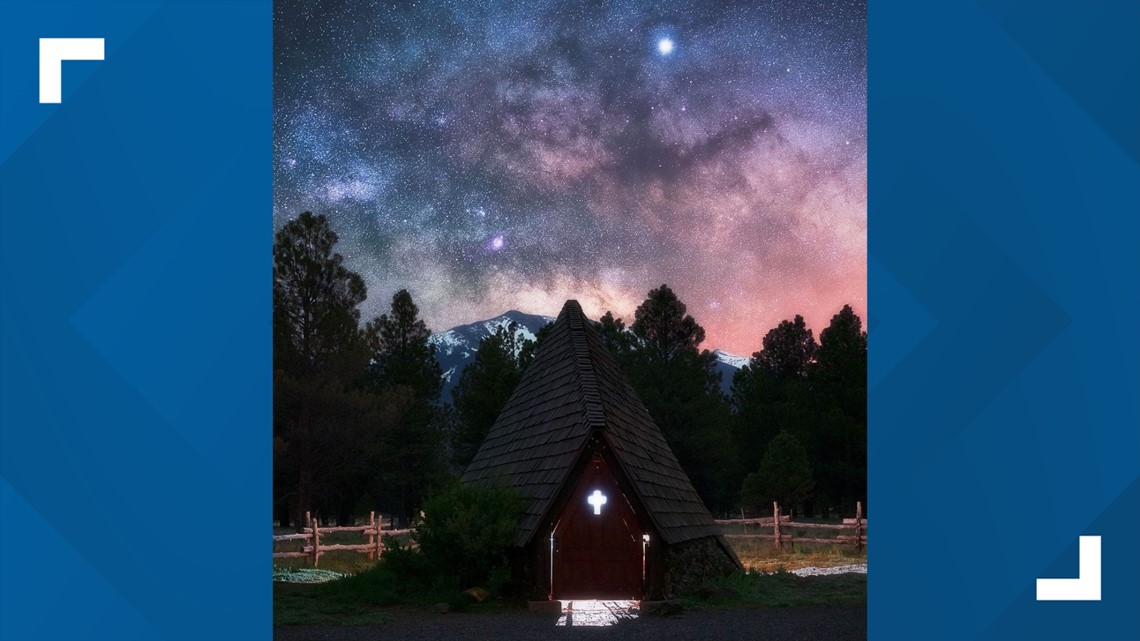
Flagstaff was the first Arizona community to receive the designation way back in 2001 after recognized for being a leader in outdoor lighting policy, according to the association.
The city has its own Dark Skies Coalition that hosts local events and provide leadership in dark sky protection.
"Flagstaff’s night skies have 90% less light pollution than other cities of its size – the Milky Way is visible from nearly everywhere in this city of ~70,000 residents," the coalition's website says.
"We seek to provide information and guidance on the critical elements underlying this success that others may learn from our example and aspire to real quantifiable improvement to their night skies."
Fountain Hills

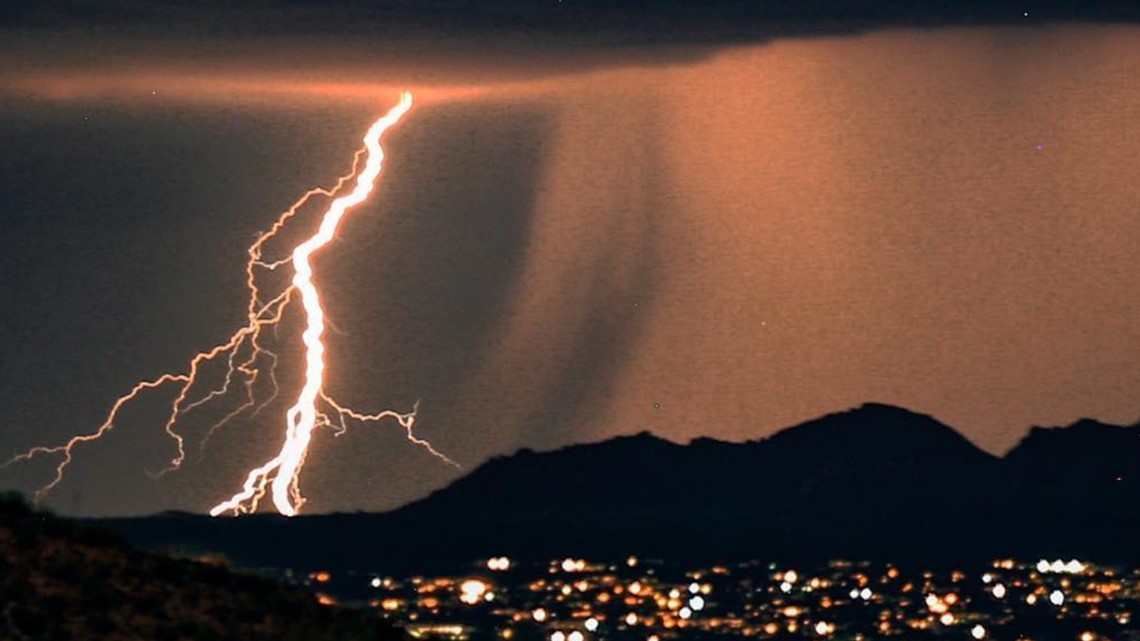
The Valley city was given the distinction in 2017 and is one of only two Dark-Sky Communities that is near a major metropolitan area.
"Town residents have come to appreciate the typical nighttime conditions of their neighborhoods, where the night sky brightness is low enough to afford occasional glimpses of the Milky Way," the association said on its website.
"Locals interested in preserving these conditions, even as the metro area to their west grows, took up the cause of IDA certification in early 2015, forming the Fountain Hills Dark Sky Association as a community ambassador organization."
Sedona

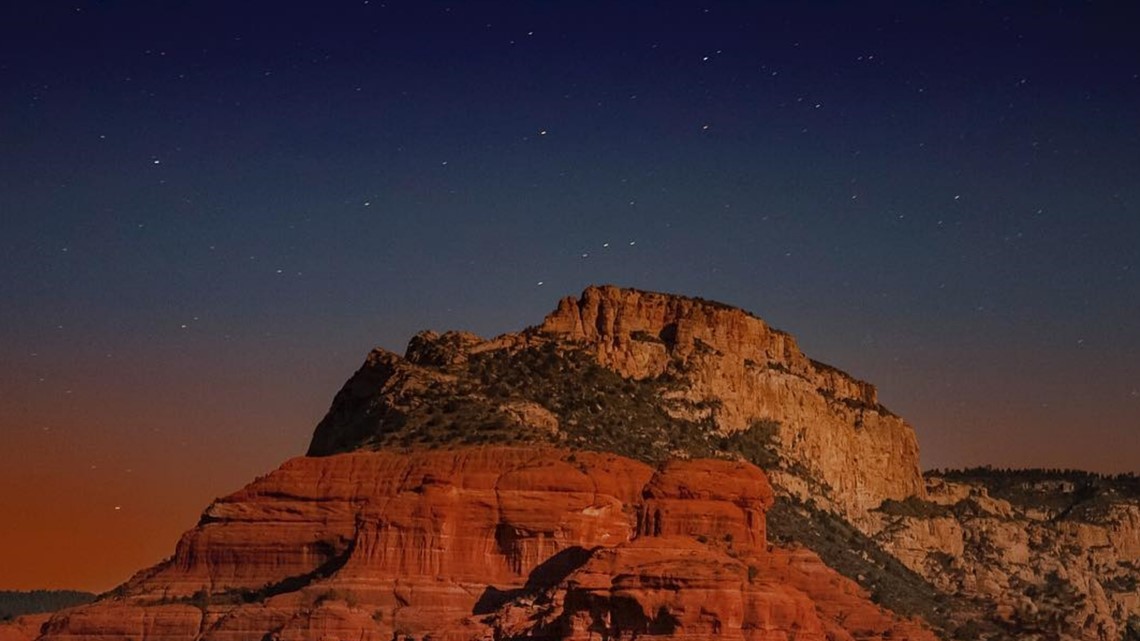
Sedona received the designation in 2014 after launching a city-wide campaign to "keep our sky dark," a brochure released by the city reads. The city lists numerous ways to help keep skies dark, along with reasons why it's important to do so.
"The biological rhythms of most species have evolved to be dependent upon Nature’s light and dark cycles," the brochure said.
RELATED: Twinkle, twinkle Sedona stars!
Big Park / Village of Oak Creek

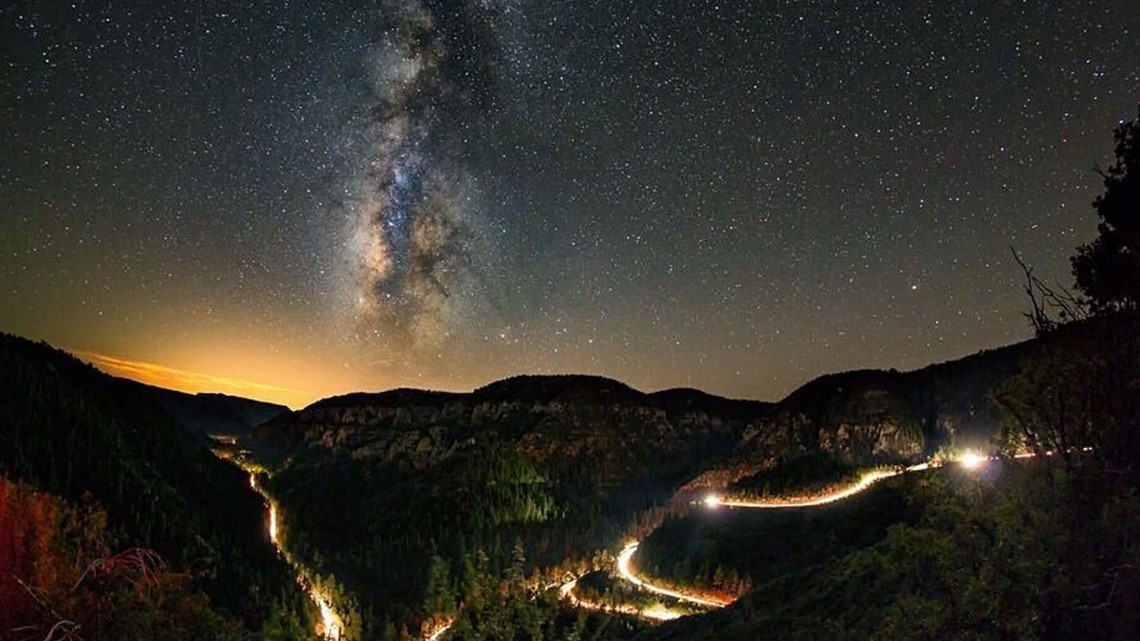
The unincorporated village outside of Sedona was designated in 2016 as a result of Sedona's designation, the association said on its website.
"In order to position the (unincorporated) Village as eligible for an IDSC award, the applicants lobbied for changes to the controlling legislation in the local jurisdiction, resulting in a County-wide policy that brings Dark Sky Community-levels of protection to the entirety of unincorporated Yavapai County," the website said.
"That outcome is unique in the history of Dark Sky Places."
Cottonwood

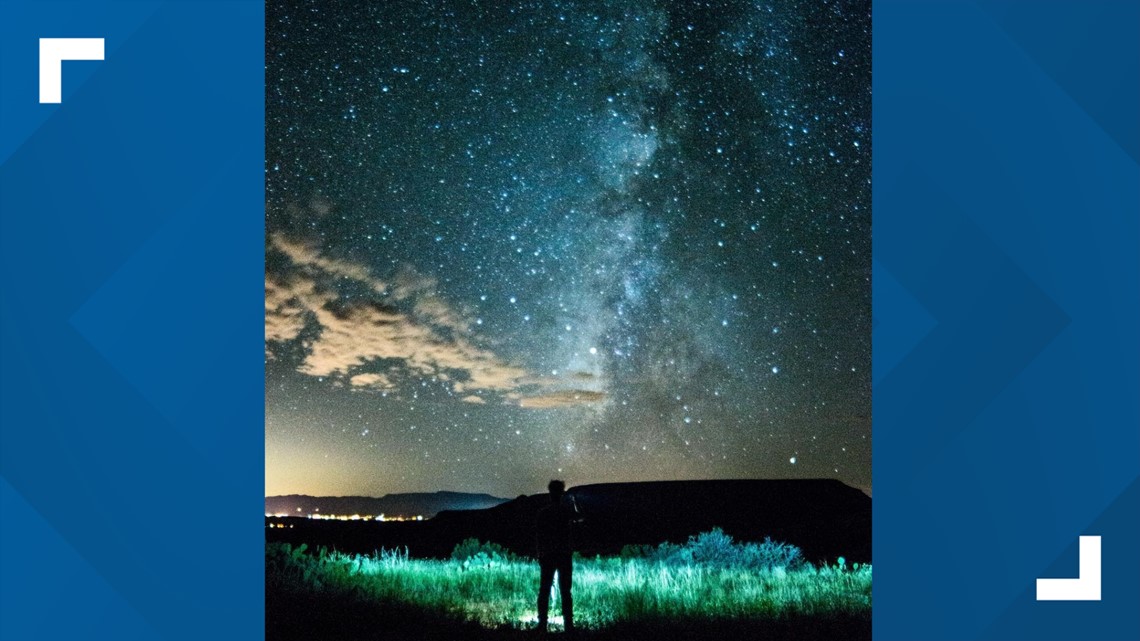
The city around 100 miles north of Phoenix made a commitment to protecting its dark skies in 2016 and through numerous efforts received the designation in 2019.
"Light pollution affects the world as a whole, not only does it disrupt the natural day-night pattern but it also has negative impacts on the ecosystem, wildlife, and human health," the city said on the association's website.
"A lot of community effort went into this designation along with their support, the City would like to thank all who helped make this possible.
Tonto National Monument

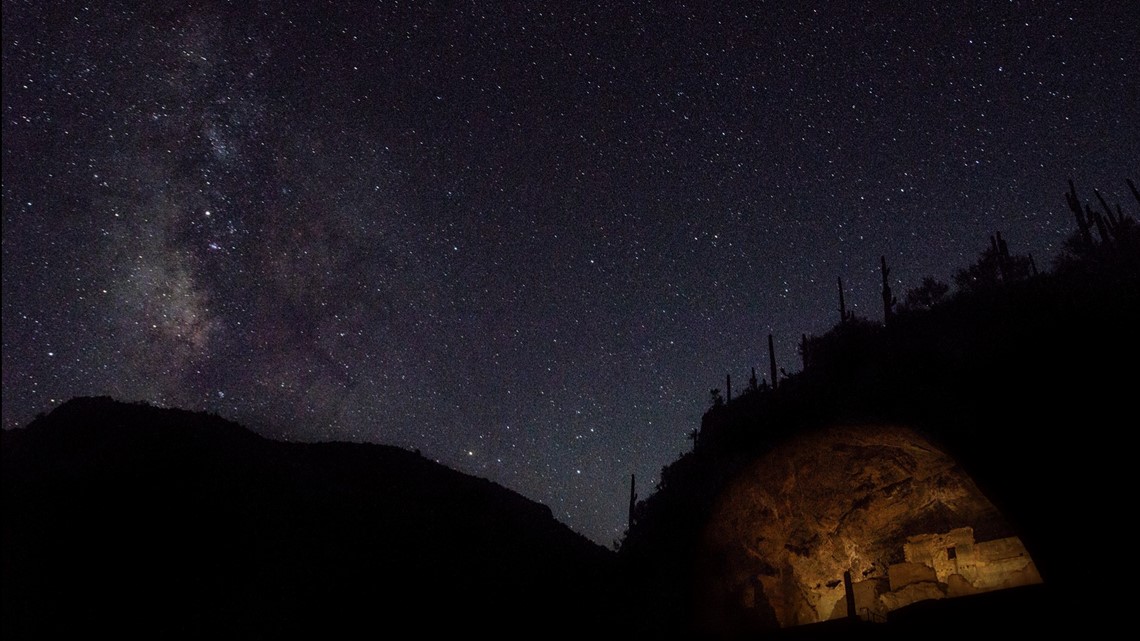
The association and the National Park Service announced in 2019 that the monument was designated as an International Dark Sky Park.
The lack of light pollution at the park means visitors can easily view meteor showers, constellations, the Milky Way, planets and other stellar objects on a clear night.
The monument's efforts to cut down on light pollution by retrofitting lighting fixtures and bulbs helped earn it the designation.
VERSIÓN EN ESPAÑOL: Arizona a punto de convertirse en el estado del 'cielo oscuro': Aquí es donde puede disfrutar de las estrellas sin contaminación lumínica
Latest Arizona news
Catch up on the latest news and stories on our 12 News YouTube playlist here.

